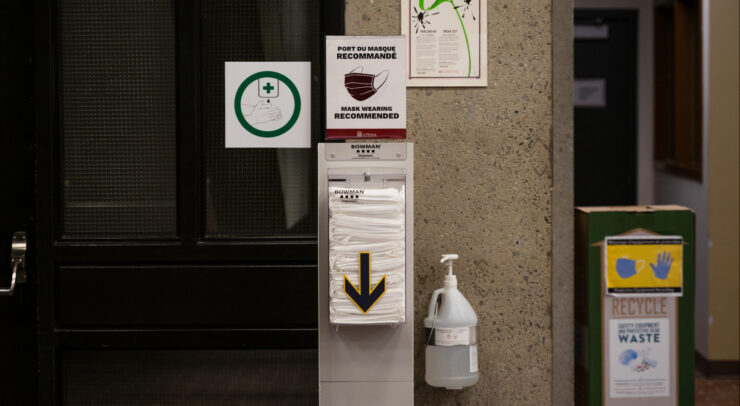Christopher Radojewski | Fulcrum Staff
Take one glance at the Gothic architecture of Parliament Hill and it may seem like you have time-travelled back to 1867. The way in which the government conducts business—along with some “elder” members of Parliament (MPs)—may further convince you that this institution is a relic of the past.
That being said, Parliament has been shaped by technology such as video cameras, microphones, tablets, and smart phones. The technological development that has had the most impact on politicians and their initiatives in recent years is social media. Not since the dawn of the telephone has any invention changed our parliament as much as social media has. Social media—more specifically, Twitter—can be quite a tool in the arsenal of the politician. Most (if not all) MPs now have Twitter and are at least moderately active on the site—or have aides tweeting for them. Prime Minister Stephen Harper recently increased his use of Twitter, even live-tweeting a day in his life for the masses to follow. The prime minister used Twitter to help rebrand his image: less robot, more personable individual. His public opinion continues to improve across the country, perhaps as a result of his online presence.
The prime minister’s Twitter experience has been a success story so far, but not all politicians have done so well with the social media platform. Minister Tony Clement called a 15-year-old from Parry Sound, Ont. a “jack ass” in a tweet after the teen corrected Clement’s spelling of the word “tonight” in January 2012. Clement later apologized through a direct message on Twitter, in what you could call, at the very least, engaging with citizens.
Twitter feuds aside, the biggest impact political movements have felt from social media has been its ability to help mobilize and publicize. Social media may be the way to spark greater political engagement in a country where voter turnout has declined.
The Occupy and Idle No More movements are clear examples of activism that exploded with the power of social media—it engaged citizens and politicians alike by initiating dialogue on issues that weren’t getting the attention they deserved. Last year, it was a social media campaign that convinced the federal government to back down on Bill C-30, a law threatening individual privacy online.
The greatest opportunity for social media within politics has yet to be recognized. The days of letters, telephone calls, and even emails to your MP seem to have come to an end, but with the growth of Twitter, Canadians have an easier means to connect with their representatives. Yes, the power of the individual MP may have declined in recent years, but it’s never too late to improve the dialogue between Canadians and their MPs—something that Twitter is already playing a hand in. Not only can constituents use the tool to raise public concerns, but MPs can update constituents on events in their riding and decisions that affect their region.
I’ve just added my MP on Twitter, and although his tweets may not always be the most exciting, I’ve learned about some important events and issues that matter to me. It is time to re-engage our MPs and make sure they—and we—are connected to the opinions of the riding they represent.




